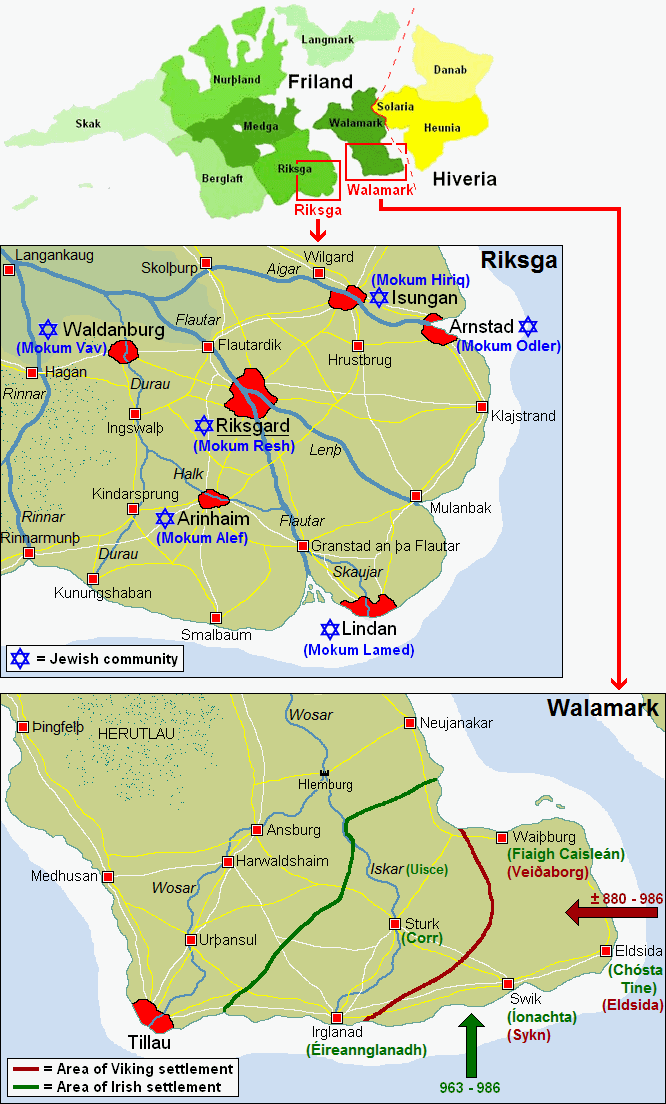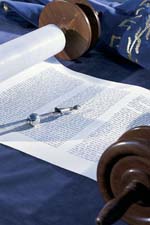  Immigration/minoritiesFriland: Immigration policy The Frilandic immigration policy is one of the most strict in Europe; fortune seekers have little chance and refugees are only allowed in by high exception. Examples of this are Jewish refugees who had to flee their countries before and during World War 2 and members of the Hiverian opposition, who risked persecution in their country. However, in general only few people manage to get through the strict admissions committee. The European Union is very critical of the Frilandic immigration policy but in Friland nobody really cares about that; "People who have no business here are not getting in," is the motto of the average voter. In most cases Friland chooses not to take the problem to Friland, but solve the problem there where it started. Therefore the country offers money and means to shelter refugees in their own region and partakes in international cooperation to make the areas that people had to flee safe again. Integration People who settle in Friland are expected to adapt and learn the language. They receive help with this from the Walahan■ewanost ("Immigrant Service") and learn everything they need to know about Frilandic society. Once they are ready to take part in it they receive their residence permit. Minorities The majority of the population consists of native Frilanders. The oldest and largest minority group are the Irish Frilanders, who settled in the Viking colonies in south Walamark during the 10th century. The Vikings themselves have almost completely assimilated in the course of centuries while the Irish kept on to their native language (Irish Gaelic) and religion (Catholicism). Despite this the Irish Frilanders have more in common with the native Frilanders than with the Irish from Ireland. Another minority group are the Jews, who found refuge in Friland during world war 2 and mainly live in the big cities of Riksga. Apart from that there is also a number of British and people from the European mainland, of which most are present in Friland for their work. In Wulfmark, a Frilandic overseas territory, part of the population consists of Arjak; descendants of Frilanders and Inuit. On the Western Tern Islands, also an overseas territory, many inhabitants have Portuguese roots. The number of people who illegally reside in Friland is very low.  Apart from the arrival of the Frilanders themselves (4th century BC), the three main waves of immigration were formed by, respectively, Vikings (ca.880 - 986), Irish (963 - 986) and Jews (1940 - 1944). The Vikings and Irish settled in southern Walamark, the Jews in the big cities of Riksga. Vikings The Vikings arrived in the late 9th century and founded a number of settlements in southern Walamark, of which only Eldsida remains. The Vikings mainly concentrated on peaceful trade, but also undertook raids on the coasts of Riksga. In southern Walamark they also conquered the Frilandic villages of Swik and Wai■burg, which they called Sykn and Veiðaborg. From 963 onwards, all Viking settlements were conquered by Irish invaders. Because of this, the role of the Vikings in Friland was pretty much over. In the following centuries they almost completely assimilated with the Frilanders. All that remains of them these days, are the Old Norse place name Eldsida and certain dialect words and traditions in the vicinity of this city. Irish The first Irish came to Friland in the 9th century as missionaries. The 10th century was the start of the so-called Irish invasions in southern Walamark, which ranged from peaceful migrations to invasions by warlords and gangs of robbers. Both Frilandic and Viking settlements were overrun, including Sturk, Swik, Wai■burg and Eldsida, which are also called Corr, ═onachta, Fiaigh Caislean and Chˇsta Tine in Irish Gaelic. The river Iskar also got its name from Irish Gaelic "Uisce" (The Water). The Irish united under warlord Muirtigern, who founded an Irish kingdom in southern Walamark. Its borders reached to the Frilandic city of Tillau and the hill fortress of Hlemburg (where later the castle of the same name arose). Both strongholds proved too strong for Muirtigern. In 986 he was defeated by the Frilandic king Segmer, who forced the Irish to choose: either leave the country, or submit to the Frilandic Crown. Those who chose the latter, became Frilandic citizens. The king later even allowed them to found a new settlement: ╔ireannglanadh ("Irishville"), which quickly corrupted to "Irglanad" in Frilandic. Nowadays, there are some 50,000 Irish Frilanders in total, mainly in Irglanad, Sturk and Swik, but also a minority in Wai■burg and Eldsida. Most of them are Catholic and some also speak Irish Gaelic besides Frilandic, although only a minority uses it as its first language. Many people here also give their children an Irish name like Aonghus, Fionnbharr or Niall, often Frilandized to "Ingkes", "Finwar" of "Nijal". In the course of centuries, the Irish Frilanders have become so integrated with Frilandic culture, that they primarily consider themselves Frilandic and regard their Irish roots as a nice little extra that gives their region its own character. From 1908 onward, an annual Irish festival (Feile na h╔ireann) is held in Irglanad on November 16. Jews  Jews arrived relatively late in Friland, which through the centuries allowed such little immigration, that there existed no Jewish community until 1940. After the outbreak of World War 2 an increasing amount of Jewish refugees from Germany, Scandinavia, the Low Countries and France applied for asylum in Friland. Because of the dangerous situation in their countries of origin, which by then had been occupied by the nazi's, the Riks■ing decided to temporarily receive them. After the war many of these refugees moved to America or Israel, but some wanted to stay in Friland and were admitted by exception.
Jews arrived relatively late in Friland, which through the centuries allowed such little immigration, that there existed no Jewish community until 1940. After the outbreak of World War 2 an increasing amount of Jewish refugees from Germany, Scandinavia, the Low Countries and France applied for asylum in Friland. Because of the dangerous situation in their countries of origin, which by then had been occupied by the nazi's, the Riks■ing decided to temporarily receive them. After the war many of these refugees moved to America or Israel, but some wanted to stay in Friland and were admitted by exception.Nowadays, there are some 2,500 Jewish Frilanders in total, especially Ashkenazim. There are Jewish communities in Riksgard, Arinhaim, Lindan, Waldanburg, Isungan and Arnstad, which they respectively call Mokum Resh, Mokum Alef, Mokum Lamed, Mokum Vav, Mokum Hiriq and Mokum Odler. All of these cities have one or more synagogues. Hiveria: Immigration policy From the 70's onward Hiveria has admitted large numbers of guest workers and asylum seekers; at the beginning these were mainly Spaniards but later they also included many people from North Africa and the Middle East. The last couple of years immigration from Africa and Central- and South America is especially on the increase. Until 2003 the Hiverian immigration policy was very mild and hundreds of thousands of people settled in the country. However, after that time the criticism of this became increasingly louder, which made the immigration policy an important political subject. Integration Newcomers are obliged to follow a French course and a habituation course, in which their answers to questions like "Who was Guy le Breton?" and "What's the name of the Hiverian president?" determine whether or not they will be admitted. Hiveria is a multicultural society in which mutual adaptation is the key word; therefore Arabic, Turkish and Spanish have been made obligatory subjects at school under the motto: "Integrate together". Minorities Native Hiverians make up about 45% of the population. They are descendants of Medieval Norman colonists and the Frilanders whom they subjected in that period. Frilanders make out 14% of the population and mainly live in the province of Solaria (East Walamark), where they are a native majority. Other Europeans, amongst which many British, are good for 7% and Spanish speakers form 3% of the population, which does not only concern people from Spain but also people from Central- and South America. 24% of the population is formed by people from North Africa and the Middle East, of which most are Muslims and form a strong community in which Arabic is the working language. They mainly live in the big cities of Hiveria. The other 7% are mainly immigrants from other parts of the world, like Africa and Asia. A large number of African ex-slaves is also counted amongst these. The number of illegal immigrants that live in Hiveria is unknown, but estimations indicate a very large number. Therefore the numbers mentioned above will not be fully accurate in practice.  |